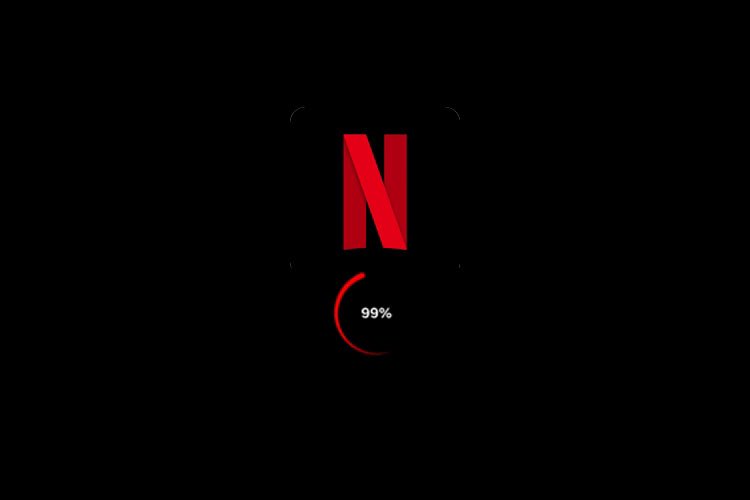Internet Service in Austin, Texas
We will explore the various internet service providers in Austin, Texas, and how they rank in terms of speed, price, and coverage.

Unraveling the Web: A Deep Dive into
Internet Service in Austin, Texas
Austin, the capital city of Texas, is not
just known for its vibrant music scenes and mouth-watering barbecues. It is
also a hub for advanced internet connectivity. In this article, we will explore
the various internet service providers in Austin, Texas, and how they rank in
terms of speed, price, and coverage.
Internet Providers in Austin: Who Tops the
List?
Austin is home to several internet service
providers including AT&T, Spectrum, HughesNet, Viasat, Starlink, and Rise
Broadband. These providers offer a range of services from DSL, cable, fiber, to
wireless connections. But which one is the fastest and most affordable?
AT&T: A Reliable Choice
AT&T offers both fiber and DSL
connections. With speeds up to 1000 Mbps, AT&T is one of the fastest
internet service providers in Austin. Their plans start at an affordable price,
making them a popular choice among customers. Check out Konecteaze's AT&T
provider page for more information.
Spectrum: Unlimited Data and Speed
Spectrum, another major player, offers
cable internet with speeds up to 100 Mbps. What sets Spectrum apart is its
unlimited data plans and money-saving bundles that include TV and phone
services. Learn more about Spectrum on Konecteaze's Spectrum provider page.
Rise Broadband: Wireless Connectivity
For those in areas where cable and fiber
are not available, Rise Broadband offers a wireless internet connection. With
speeds up to 100 Mbps, it is a viable option for rural areas. Check out
Konecteaze's Rise Broadband provider page for more details.
Connectivity by ZIP Code
Internet speeds can vary by ZIP code. In
Austin, the 78746 ZIP code boasts the fastest average download speeds. However,
most areas in Austin have access to internet speeds of at least 100 Mbps. You
can find specific information for your area by visiting Konecteaze's ZIP code
pages.
Ranking in Texas
When it comes to internet connectivity,
Austin ranks high in Texas. With its advanced fiber network and a plethora of
providers, Austin is one of the most connected cities in the state.
Affordable Connectivity Program
For qualifying households, the Affordable
Connectivity Program (ACP) in Austin offers a $30 per month discount on
broadband services and a one-time discount of up to $100 for buying a laptop,
desktop, or tablet. Many Austin-area Internet Service Providers offer ACP plans
at $0/month. Read more about the ACP.
The Future of Internet Connectivity in
Austin
Austin’s internet infrastructure continues
to grow. With the introduction of 5G and the expansion of fiber networks, the
city is poised for even faster and more reliable internet services. For the
latest deals on internet services, check out Internetproviders.ai.
FAQs
Is Spectrum or AT&T better in Austin?
Both providers are highly reliable.
AT&T offers fasterspeeds with its fiber network, while Spectrum offers
unlimited data plans. Your choice depends on your specific needs.
What is the average internet speed in
Austin?
The average internet speed in Austin is
around 100 Mbps, but speeds of up to 1000 Mbps are available in some areas.
Are there any local internet providers in
Austin?
Yes, in addition to the national providers,
there are also local providers such as Grande Communications and Google Fiber.
Conclusion
Austin, Texas, is a city that's
well-connected with a range of internet service providers. Whether you're
looking for speed, affordability, or reliability, you'll find an option that
suits your needs. For more information on internet service providers and plans,
visit Konecteaze.




